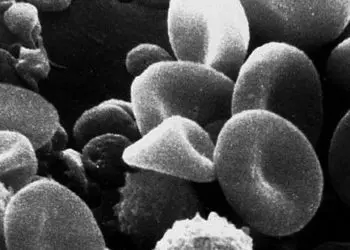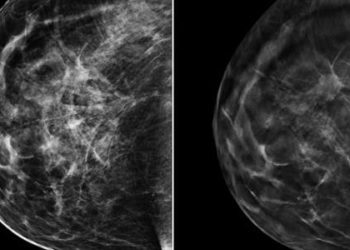Cancer screening costs in the United States may exceed $40 billion annually
1. In the United States, the estimated annual cost of cancer screening was $43 billion, with private insurance covering the majority of spending.
2. Colorectal cancer screening was the most frequently performed test and comprised nearly two-thirds of total spending.
Evidence Rating Level: 2 (Good)
Study Rundown: Cancer continues to be one of the greatest sources of morbidity and mortality worldwide, with over 600,000 deaths projected in the United States alone in 2024. Public interventions such as the U.S. government’s Cancer Moonshot initiative have contributed to lower mortality rates in recent years. Particularly significant gains have been made in cancers for which population-wide screening is currently recommended, including breast, cervical, colorectal, and lung. While prior studies have described the costs and effectiveness of screening for specific cancers or among specific populations, the overall scale of healthcare expenditure toward this goal remains unclear. This study combined National Health Interview Survey responses with public and private insurance cost estimates to generate a model of comprehensive spending for recommended cancer screening in 2021. Overall, the United States was found to have spent over $43 billion on initial cancer screening during this period, which was still less than the reported cost of cancer treatment in the first 12 months following diagnosis. Colonoscopy alone accounted for over half of total spending, with breast and cervical cancer screenings accounting for a further one-third. Facility costs were found to be substantially greater than physician costs, representing a potential opportunity for intervention. Limitations of this study include self-reporting bias due to reliance on surveys, as well as lack of analysis on the costs of follow-up procedures. Nonetheless, this study provided new estimates for the annual cost of cancer screening in the United States.
Click to read the study in AIM
Relevant Reading: Screening for cancer: the economic, medical and psychosocial issues
In-Depth [survey]: This study utilized self-reported data from 2021 National Health Interview Survey. Breast, cervical, colorectal, lung, and prostate cancer screening tests were selected for inclusion based on the strength of recommendation by the U.S. Preventive Services Task Force. Overall, the United States spent $43.2 billion on initial cancer screenings in 2021, with 88.3% stemming from private insurance, 8.5% from Medicare, and 3.2% from Medicaid and other government programs. Mammography and cervical cancer screenings were the two most frequently performed tests, but colorectal cancer screening dominated spending at 63.6% of the total. The overall cost percentages for breast, cervical, lung, and prostate cancer screening were 20.4%, 12.8%, 1.5% and 1.6%, respectively. Some variation in usage patterns was noted; for instance, among the Medicaid and uninsured population, colonoscopy accounted for 37.2% of total costs whereas breast and cervical cancer occupied greater shares at 26.9% and 13.8%, respectively. Notably, the cost for each screening test was higher for those with private insurance as compared to those with Medicare (357%) and Medicaid or other government programs (519%). In sensitivity analyses, it was found that just reducing facility costs by 20% would generate a net savings of $3.3 billion, with a greater proportion of this benefit affecting those with government insurance or no insurance as compared to those with private insurance. These findings aid in the identification of costs and cost drivers for cancer screening in the United States.
Image: PD
©2024 2 Minute Medicine, Inc. All rights reserved. No works may be reproduced without expressed written consent from 2 Minute Medicine, Inc. Inquire about licensing here. No article should be construed as medical advice and is not intended as such by the authors or by 2 Minute Medicine, Inc.









